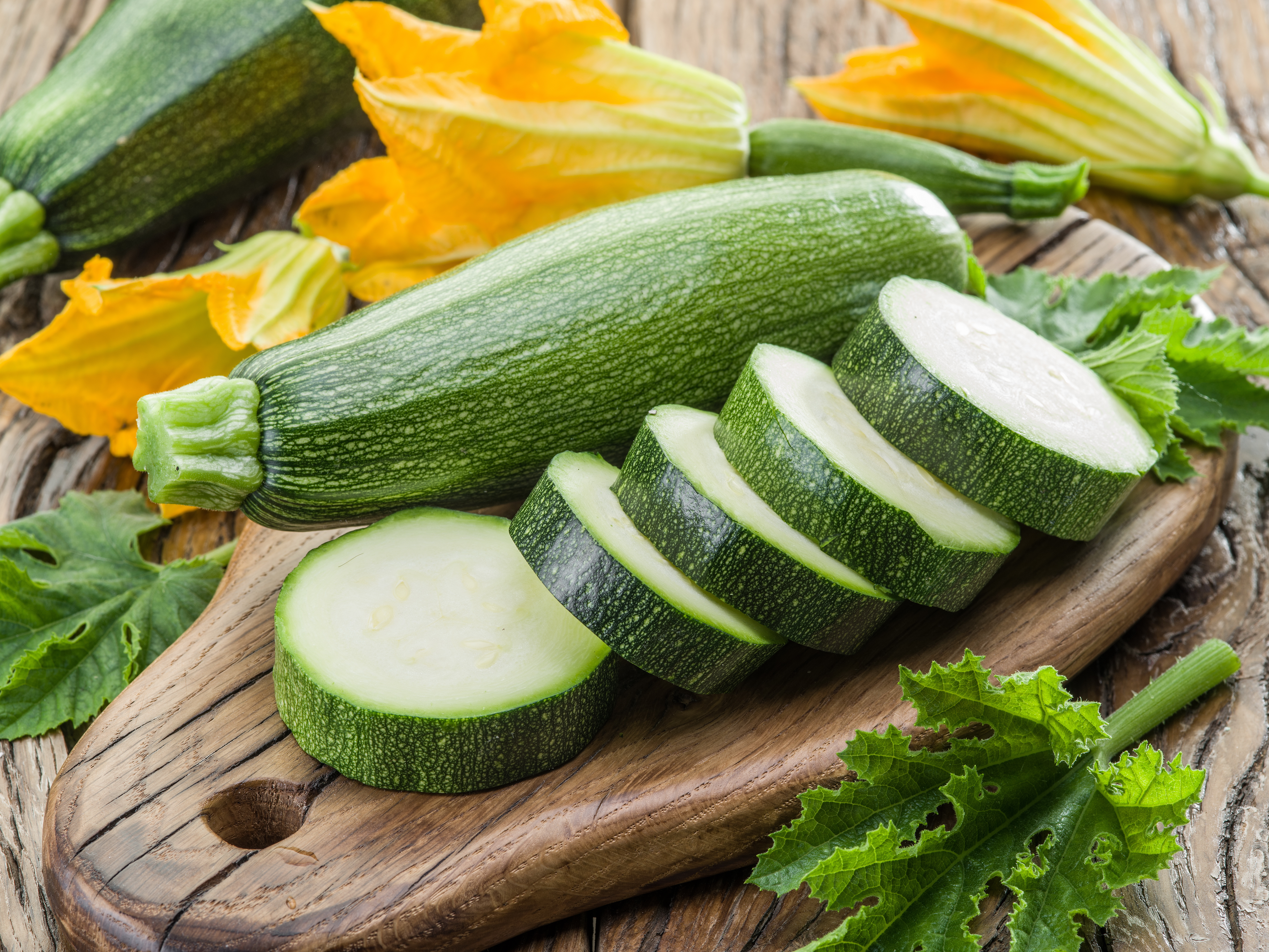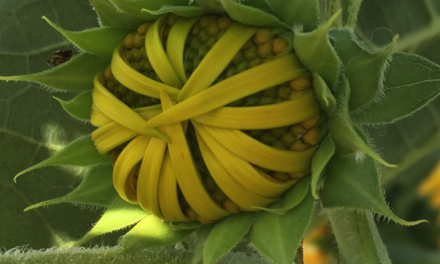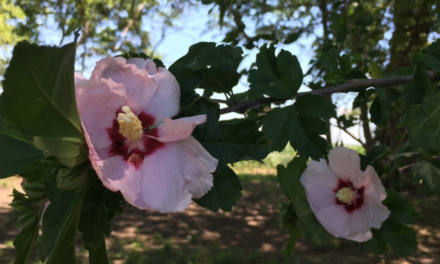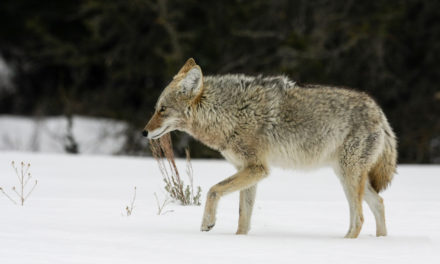It’s humbling to share with you all not only my gardening successes but my failures and blunders as well, but what a way to learn! I love profiting from someone else’s mistakes rather than making them myself. So, in that spirit here is what is going on in my garden. I love using row cover. It successfully protected the cold crops from moths and worms, and since I had purchased a sturdy variety from Buchheit, it didn’t fall apart after a few months, and I used it as a shade cover during the 2017 heatwave tying it onto my cattle panels. See it in the background of the sunflower photo?

I had an abundant crop of zucchini, the best I have ever had, in part due to one-time spraying with Sevin. I understand the delicate nature of soils and resist chemical whenever possible. Sevin is a water-based chemical that cleared my plants of not only the squash bugs but prevented the squash bore beetle from taking over too soon. I am now losing plants to that predator but just after a fantastic harvest of zucchini. I also tried a technique where you do multiple plantings of the crop that are plagued by a specific pest. The life-cycle of the squash bugs is not as fierce in fall so I kept planting more zucchini that would start setting fruit later, after the height of the squash bugs’ mating season. My goal is to have the luxury of small fruits to use in stir-fries in fall but I am missing the mark and finding monster zucchini instead.

My biggest blunder to date, I have once again not practiced the principle of “in faith believing.” I didn’t check the garden often enough, not thinking that the fruit of my labor would come to fruition! Look at the size of these Asian cucumbers, close to four feet! Note the regular cucumber on the top of one. They would have been tender if I have expected them to germinate and produce fruit. Instead, I didn’t see them until they were huge! Now they are good for chicken feed but too tough to eat. What a waste! I love these sweet, mild cukes, but the hens will enjoy a refreshing treat also.
I’ve written about trying different ways to stake tomatoes. One new one I had not used before was sprawling, where you allow the plant to naturally vine out with no supports. I planted a couple of Roma tomatoes at the end of my garden plot, but I didn’t realize that to make a plant sprawl, they needed to be positioned almost on their side to have the right bend to vine out. The major problem I had with them was my guineas. They poked a hole into the end of each tomato. While I will try sprawling again, placement in the garden will be an issue as is laying down clean straw mid-season to prevent bottom rot. I will try this again, but the results with the staked tomatoes were better.
We all need to keep trying new techniques and strategies as we strive to become Master Gardeners. As we perfect the garden skills required, we will be able to help others along the way. Hope this was helpful. If you have any questions, please let me know. I’m too blessed to complain.






